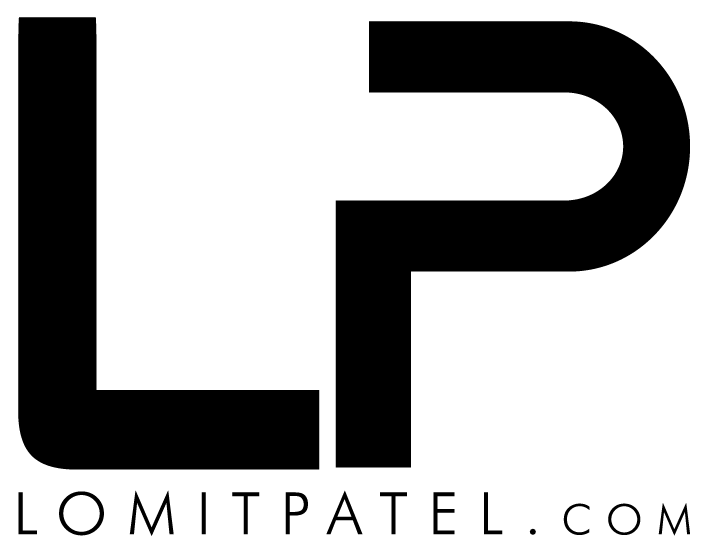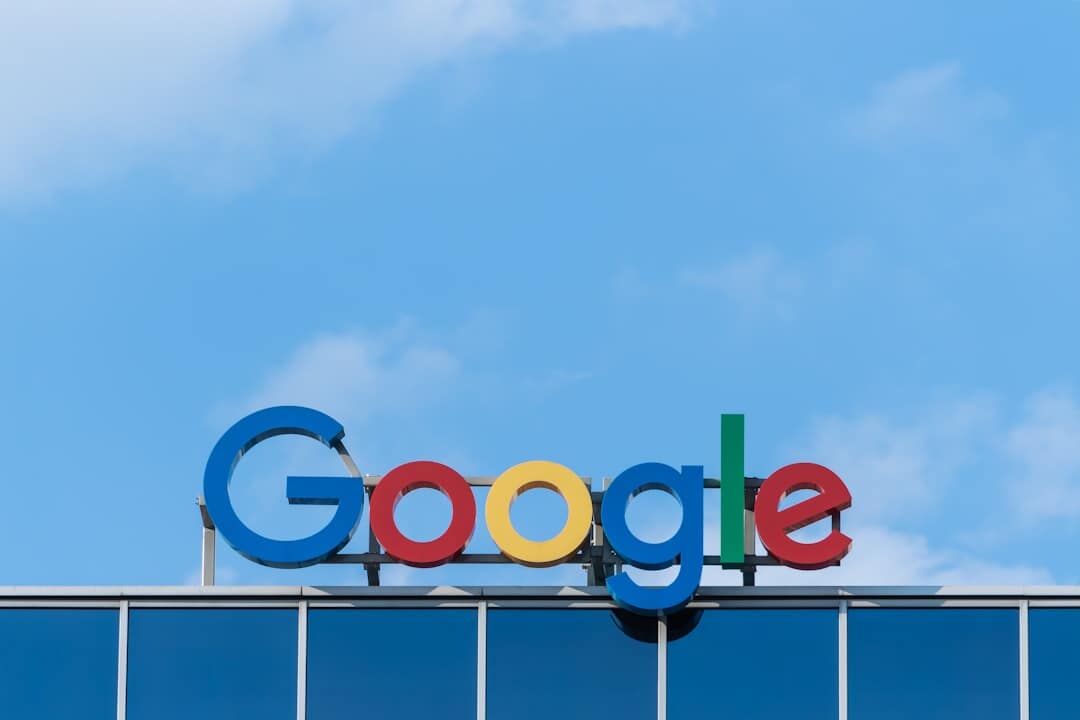Keeping pace with Google’s constant changes is a challenge for digital marketers. The recent Performance Max updates provide even more things to learn and adapt to, adding complexity to digital marketing. It is a lot, but we are here to help.
Let’s explore these Performance Max updates together. Remember, it’s not solely reliant on machine learning. Understanding these Performance Max updates will equip you with the knowledge to develop winning strategies.
Table of Contents:
- The Evolution of Performance Max
- Key Performance Max Updates in 2025
- Breaking Down What the Updates Do (And Don’t Do)
- How the Best Marketers Should Use Performance Max in 2025
- Specific Tools & Features To Use In Updated Performance Max Campaigns
- Challenges Facing Users When Making Ads in the New Tool
- The Controversy Involved in PMax Changes
- Conclusion
The Evolution of Performance Max
Performance Max campaigns were introduced to simplify digital advertising for business leaders. A significant initial draw was the automated setup, reducing the manual workload.
PMax initially operated in a “black box” style, shielding marketers from overwhelming granular data. While businesses desired results, and Google showcased high Return on Ad Spend (ROAS), further analysis of performance max might be needed.
Early Criticisms and Concerns
However, marketers eventually identified several problems, primarily revolving around the core functionalities of performance max. The AI-driven nature of PMax limited control for advertisers.
Here are some of the issues they encountered:
- Unclear reporting: Advertisers struggled due to deceptive ROAS, hindering maximized customer acquisition.
- Spending Problems: Budget allocation and expenditure were often inefficient.
- Limited Visibility: Accessing specific data or factors influencing the tool’s targeting decisions was impossible.
By 2024, calls for change grew louder. People wanted search engine optimization solutions, prompting Google to revise its approach.
Key Performance Max Updates in 2025
The 2025 performance max updates address prior concerns expressed by users. Google prioritized increased visibility, control, and improved data accessibility. Let’s look at these.
Better Campaign Oversight
These tools allow for greater hands-on campaign management.
- Negative Keywords: You can block unwanted search terms.
- Audience Exclusions: You are no longer restricted to marketing to all age brackets.
- Device Targeting: Now, you can choose a device target.
- Brand Exclusions: You have control over branded traffic with brand exclusions.
- URL rules: You can have better targeting within product groups by filtering URLs.
Ways to Collect Deeper, Actionable Data
Here are the key changes related to accessing information:
- Utilization of Search Themes: Assess the impact of AI-generated themes through search data analysis.
- Usefulness Score: Google implemented a score to measure the impact of manually added themes on searches.
- Improved Groups: Asset groups have more effective ways of categorizing performance based on data.
Enhanced Customer Tracking
- Target specific customer segments and high-value new customers to improve focus of advertising.
- Campaign-level reporting is available, including key customer segment visibility.
Google incorporated elements reminiscent of older methods. Despite these additions, Google’s heavy reliance on AI data persists.
Breaking Down What the Updates Do (And Don’t Do)
Realistically, a machine processes averages. While the updates introduced new campaign control methods, some areas were not covered. Let’s break down what’s changed and what’s still missing:
Improvements Made With the PMax Updates
- Advertisers gain more control over budget allocation and targeting.
- Understanding the impact of campaign efforts is now possible through deeper data analysis.
- Focusing spend is more possible by targeting high-value customers to improves budget utilization.
What’s Still a Problem
- Hidden data: Despite Google’s progress, “behind closed doors” processes persist.
- Attribution Issues: Inaccurate channel crediting remains a challenge. This arises from the tool inappropriately claiming credit.
- Inefficiency: Marketers require improved tool integration with automation. Performance Max still primarily focuses on spending.
- Scaling for growth is hard. This is because increased funding can negatively impact campaign performance.
How the Best Marketers Should Use Performance Max in 2025
Following the crowd means using a product as intended. Skilled marketers distinguish themselves from those who immediately adopt new advertising and campaign types like “set-it-and-forget-it” strategies.
The key is adopting an “assess it, don’t just set it” mindset. Successful marketers prioritize testing, strategic targeting, and utilizing reporting features. This helps to expose actual impacts beyond mere data collection.
Strategies for the Modern Marketer
Strategy is crucial. Leading marketers develop plans. Their data-driven strategies incorporate direct customer feedback, modeling, and incremental testing tools to reveal impacts.
Here’s what a modern marketer should do:
- Refine audience reach by using demographic information and data-driven targeting rules.
- Monitor insights from search terms insights. You can determine if a campaign is achieving growth by reaching intended customers.
Combine all reporting to analyze budget allocation. By using various models and tracking methods like those at BlueAlpha, you can go beyond automated tools that collect reports.
Specific Tools & Features To Use In Updated Performance Max Campaigns
Let’s explore how updated features empower users and data experts.
Using Exclusions with Campaign-level Negative Keywords
Imagine yourself as the gatekeeper of your online space, managing search words, phrases, and your customers. Instead of removing disruptive individuals after they’ve caused problems, you can filter them out beforehand.
Adding specific terms you want to avoid is simple.
- Go to your page. Locate a current PMax campaign within your settings, or start creating a fresh campaign.
- Locate the Campaign settings tab. Then select “Additional Settings”.
- Find the area for entering details about search topics, including what people might search for to locate businesses, products, or offerings. Enter keywords that signal unrelated details for Google users.
Asset Reporting in Performance Max
Envision yourself as a detective, examining each component contributing to the performance during a specific timeframe, exploring the elements in detail.
Consider performance analysis as placing elements under a microscope. You will also be examining how performance changes and evolves through different perspectives or periods. Reports are generated for every campaign.
Utilize the various groupings. The tool offers reporting on the device used, the time period, and user details within the ad group. Every element of the campaign is included.
Here’s an example: If your browser doesn’t show it download it.
Google has shared suggestions, but they continue to emphasize integrating all data from Google Products within their system.
You should ensure all reporting and data are downloadable. Flexibility is vital, especially if you require external assistance, as you’ll need to share information.
Ways To Tell Themes Are Not A Lie In PMax
Google allows exploration of insights gathered and reporting using search terms insights. By analyzing queries, you can identify root causes of issues between themes.
Google has enhanced visibility and introduced a metric to evaluate how manual themes impacted data. They also have added other insights to existing campaign elements like data, images, and text. Here are the main insights:
- Locate the “usefulness” feature directly where the search themes were input, within the ad group settings.
- If growth is beneficial, increase precision by incorporating more descriptive terms and relevant search words used by your customer.
- If improvement is needed, refine the presentation of information with images that connect with a customer.
- Continue to explore new ideas and experiment with different insights if performance issues continue.
Brand Exclusions Help PMax Users
Retail groups that provided Google with items of interest could improve future controls with brand name exclusions. Certain methods can implement exclusions targeting “Text” based searching for keywords while preserving traffic related to branded products. This can drive more purchases.
If you sold a well-liked branded item, it could be unintentionally associated with unrelated concepts. So separation could be advantageous. To manage this, “URL contains” is an available option across all campaigns.
You might configure targeting rules for specific sections of stores, categories, or websites. An apparel retailer could opt to display all product pages containing “athletic” within the URL. This would show users results centered around the primary term “athletic.”
Exclusions for Specific Groups of People With Shared Qualities
Another helpful feature being introduced to PMax campaigns involves targeting. It is centered around individuals potentially falling outside your usual customer demographics, allowing you to configure exclusion ranges for age groups.
For device settings: Target devices like computers, mobile phones, or tablets, which are used by more customers. This helps businesses tailor advertising to target the most receptive audience. An example would be to exclude users on their iPad, when the ads campaign shows better experiences of creative assets.
Challenges Facing Users When Making Ads in the New Tool
You might assume that the creative aspect presents fewer obstacles for smaller companies to compile quality materials. However, the heightened emphasis on quantity and leveraging data and performance can increase creative assets combinations more than anticipated.
Initially, Google offered “multiple items” encompassing image formats, recordings, videos, text-based tools, and writing resources. Currently, there are aspects that affect campaigns, influencing Google’s AI utilization in different sections.
Here is an infographic reflecting that:
There were numerous obstacles, particularly concerning creative material for ads. However, Google claims to have addressed these creative challenges. This was done by using a model to generate text ads with Gemini.
Imagen 2, another advanced image generation method, was also implemented. They are providing guidance to assist customers in creating superior graphics and visuals.
You require fewer resources with improvements like Google’s creative tools for your design team. There have been changes and additions for more accessible modifications.
All changes were intended to enhance user experience and improve usability for marketers sharing content.
The Controversy Involved in PMax Changes
Google made significant alterations to the system. This included restricting advertiser control by excluding certain audiences in response to an Adalytics report. This report alleged that some displayed ads were potentially showcased alongside children-friendly content or inappropriate material lacking prior regulation.
Conclusion
The continuous changes within the advertising landscape necessitates understanding how alterations impact marketing campaigns. These shifts, occurring with Google’s primary campaign management methods, reshape how marketers develop content and strategize. It is important for advertisers to be adaptable to the Performance Max updates.
The information provided confirms its feasibility. It is crucial that these shifts and growth never hinder our marketing partners or impede their success with any tools. These insights and updates will help everyone stay on track with the constant changes.
Subscribe to my LEAN 360 newsletter to learn more about startup insights.





